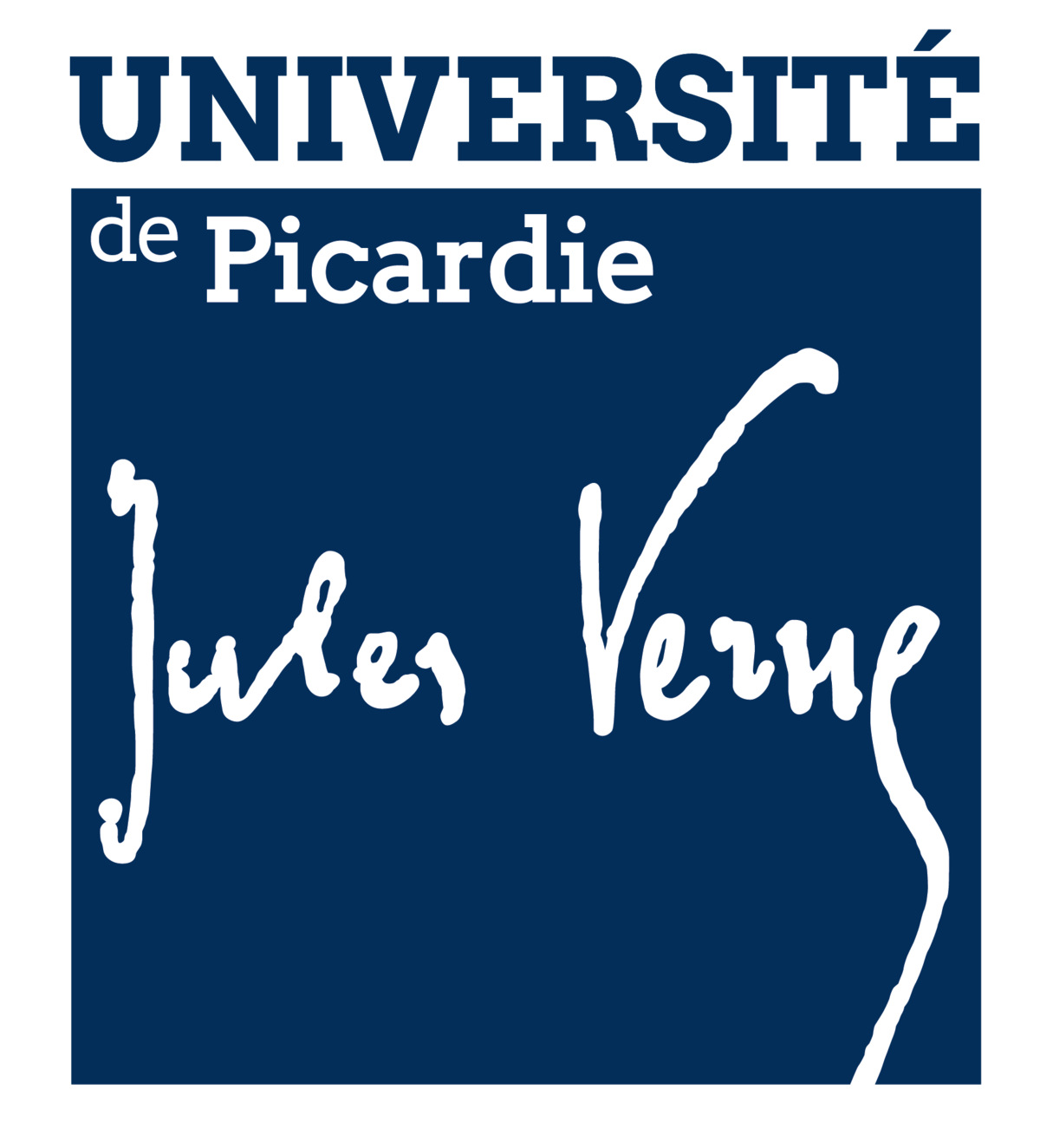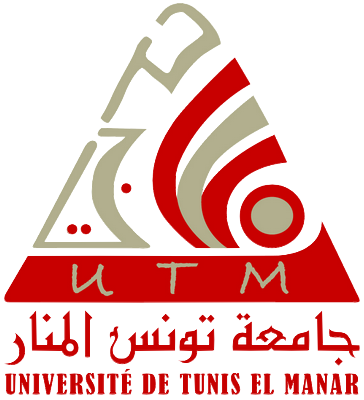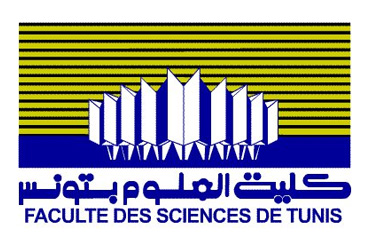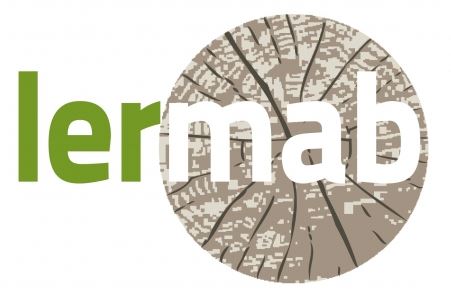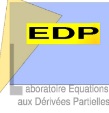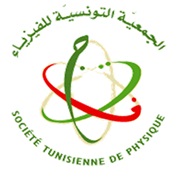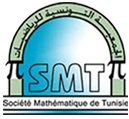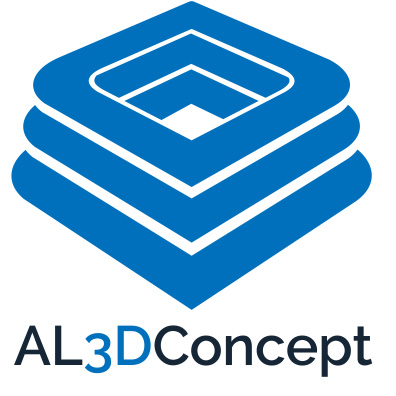Pr. Biagio MORRONE
Engineering Department, University of Campania L. Vanvitelli, Italy
Biomass is a complex mix made up of various natural constituents, that can be originated from algae, plant, animal and municipal residues as well as agricultural, agro-food residues derived by industrial processing and food waste. Their different chemical and physical composition require distinct processes to obtain either directly energy or bio-fuels and biomaterials. The thermochemical, biochemical or physical-chemical conversion pathways are the possible roads to produce energy. Thermo-chemical process include pyrolysis and gasification. In these cases, the resulting products can vary strictly depending on process parameters. Biochemical methods include the anaerobic digestion, which is quite an efficient way of producing biogas. The main process parameters, which affect the biogas production are pH of the substrate, temperature, partial pressure of biogas. Results displayed herein show that buffalo manure fermentation can produce biogas with a methane concentration around 65% with interesting yields. Pre-treating the substrate and changing temperature and pH of process allow to extract hydrogen up to a 15% of concentration from the same substrate. Not only energy but also matter can be recovered from organic waste. In fact, lactic acid extraction using anaerobic fermentation can be obtained considering tomato waste residues from agro-food industry. Different results are obtained using different bacterial consortia or mixtures of them The highlighted results show the dramatic potential of residual biomasses, which represent a giant step to the future for recovering both energy and matter and tackling with climate change as well as land and ecosystem degradation, simultaneously addressing the growing demand for food, feed, energy, materials and products due to an increasing world population, and reducing dependence on fossil fuel energy resources.
Prof. Biagio Morrone received his Master Degree in Mechanical Engineering in 1992, University of Naples Federico II, earned his Ph.D. in 1995, University of Naples Federico II, defending a thesis on numerical and experimental natural convection in channels; 1994, Visiting Ph.D. student at Idaho State University, USA, on numerical analysis of the electronic components cooling and analytical solutions of heat transfer in solid; 1998-2002 junior researcher and 2002-today associate professor of Applied Thermodynamics and Energy Management at University of Campania; member of the College of Doctorate in "Maths, Physics and Engineering applications" teaching courses on Numerical Methods in Physics and Engineering; leading researcher of scientific projects aimed to produce bio-hydrogen and bio-methane from animal manure and organic fraction of municipal solid waste; leading researcher of a scientific project on Ground Energy Pile Heat Pumps; Invited speaker at several conferences on the use of bio-hydrogen in Internal Combustion Engines; co-author of about 50 scientific publications on international journals, many others presented at international and national conferences and several book chapters; his main research interests are:, biomass energy conversion, alternative fuels for internal combustion engines, ground coupled heat pumps, numerical heat transfer.


